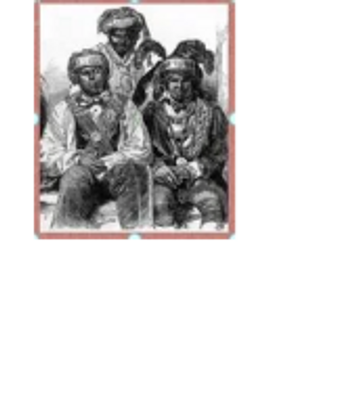
15003 N Broad St, Brooksville, FL 34601
Etna Turpentine Camp Exhibit
The recently opened historic exhibit explores the story of Etna, a turpentine and lumber camp that existed from 1898 to 1926 in what is now the Withlacoochee State Forest. The display features a relocated turpentine still foundation and interpretive panels that tell the story of the industry and the people.
Hernando County History
Centralia, Chinsegut & WPA History
The Historic Hernando Preservation Society has welcomed Sid Taylor as our guest speaker several times over the years. Most recently, she spoke about the history of the town of Centralia. Centralia was a short-lived but significant sawmill town that sprung up in western Hernando County around the turn of the century. At its peak, about 1,200 laborers and their families and support, numbering another 3000, occupied the boom town. After harvesting all 15,000 acres of monster red Tidewater Cypress in less than two decades, the town folded and was completely abandoned.
We are fortunate to have the following presentations prepared by Ms. Taylor below which are full of history and images. Enjoy!
Brooksville History

TourBVL
Tour BVL was established to document the history of downtown Brooksville and to provide a resource where people can learn about and explore the historic homes and buildings located in our city.
Created by the In With The Old Committee of Brooksville Main Street, the self-guided tour allows visitors to scan QR codes located on plaques throughout historic downtown Brooksville. Each code brings the visitor to a website page with history and images tied to the location.
Pilaklikaha History
Pilaklikaha was also known as “Abraham’s Old Town,” named after Abraham, who came to the area after escaping slavery in Pensacola around 1826. Abraham served as a skilled interpreter and the voice of the Seminoles during treaty negotiations with the United States government. He rose to prominence as the counselor for Chief Micanopy, even accompanying him on a diplomatic trip to Washington, D.C. Abraham was later released from service in appreciation for his work. Assuming a connection to the Dade Massacre in 1835, United States Army soldiers, under the command of Brigadier General Abraham Eustis, burned Pilaklikaha to the ground on March 30, 1836, during the second escalation of the Seminole War. All the residents of Abraham’s town escaped weeks before its destruction. During the conflict, many native Seminoles and some Black Seminoles, including Abraham, were forcibly relocated to Indian Territory, in present-day Oklahoma, as part of the “Trail of Tears.” Abraham died in Indian Territory sometime after 1870.

Local History Videos
HC Library Oral History Collection
15 local oral history videos recorded by the Hernando County Library
Black Seminole History
Local historian Mabel Sims
Black Seminole History
Historian John Griffin
